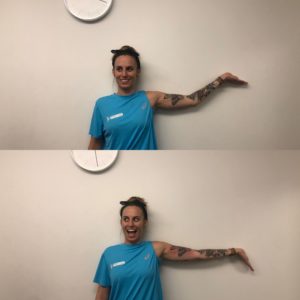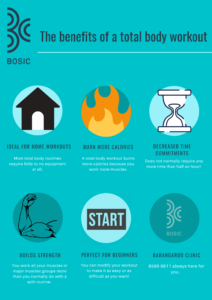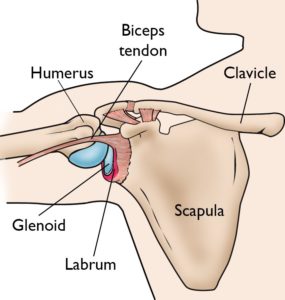Work smarter not harder – the TOP 3 functional exercises
TOP 3 FUNCTIONAL EXERCISES
Functional exercises are designed to improve your mobility, stability, and agility to perform activities and tasks. There are many functional exercises out there. Now that you are working from home, many of you sit down more than ever. Prior to COVID-19, on average people sit more than 70% of the day, and I suspect this percentage will only increase.
To combat sitting for too long, I have picked my top 3 functional exercises to set a strong foundation for you to smash your fitness and movement goals, but also improve your quality of life. The best part is that it is simple, little to no equipment needed, and not time-consuming.
These three exercises are a breakdown of complex movements designed to be strategically progressed and tailored to your fitness and movement goals. Overall, the aim is to build a strong foundation through core stability, on top of optimising your joint mobility and improving your strength and conditioning. The best part of these functional exercises is that these movements have infinite movement progressions.
Number 1 – Renegade Rows
Renegade rows are a multi-purpose dynamic movement. They are designed to improve midline/core stability, as well as unilateral (one sided) upper back strength and stability.
The primary key muscular regions involved in this movement are:
-
Upper back
-
Core
-
Arms
*Training tip: Keep the core strong to limit the torso from twisting
Number 2 – Crawls
Crawls are a foundational movement. It is a moving plank. It works out your core muscles just like a plank, but since you are moving it incorporates shoulder and hip mobility and stability.
The primary key muscular regions involved in this movement are:
-
Core
-
Legs
-
Shoulders
*Training tip: Attempt going forwards, sideways, backwards or even faster for aerobic conditioning
Number 3 – Thoracic Bridge
These are perfect for spine hygiene and maintenance of spinal strength. Spending too much time sitting at your work from home office can lead to bad postures, hunched back and shoulders. This movement reverses to strengthen the upper and lower back, engages the glutes and opens up the chest.
This is a total body movement.
*Training tip: Keep the feet flat on the floor to optimise the stretch.
Functional exercises are designed to improve your mobility, stability, and agility. It starts off as an easy movement sequence. However, it can be strategically progressed to smash your goals. Stay tuned for part 2!





